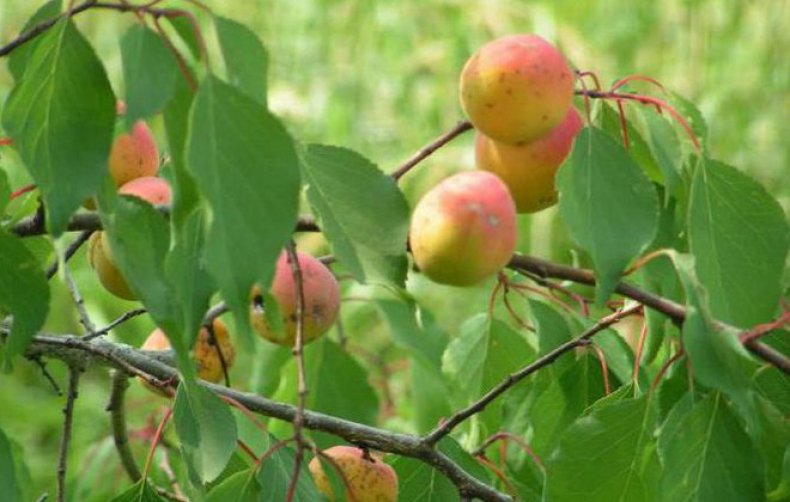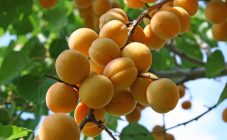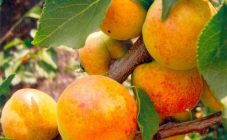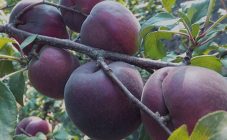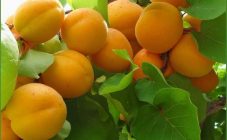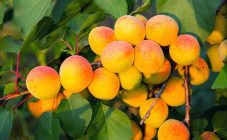Content:
Manchurian apricot was bred at the Russian Research Center and is a plant species of the genus plum. This plant is Far Eastern, but it can also be found in the south of Primorsky Krai and Vladivostok. A feature of this plant is that it is listed in the Red Book.
The subspecies of this apricot, which can be found in Siberia and the central regions of the country, include such fruit varieties as Akbashevsky, Pervenets, Snezhinsky and others.
The main description of the Manchurian apricot variety
This variety is famous for its frost resistance, because according to its characteristics, it can withstand 30-degree frost. But at the same time, the plant is sensitive to sudden changes in temperature, which leads to various damage, such as the death of flowers.
The fruits ripen in mid-summer and bloom annually. Light orange apricot takes an oval shape and grows up to 4-5 cm in length, with a weight of about 20 g. The fruit tastes sour, but the apricot jam or jam is very tasty.
Manchurian apricot is distinguished by a rather high trunk of dark brown color, about 20 m long, with a trunk diameter of 50 cm. The leaves of the tree are large, about 10 cm in length, do not fall off until the frost begins.
The main pests of this variety include tick, aphid and cherry elephant. Special insecticides will help to cope with a tick, with aphids - copper-containing preparations, and with a cherry elephant - potassium permanganate. Among the main diseases are spotting and verticellosis, which will help to cope with the drug "Hom" and a soap solution, respectively.
All about agricultural cultivation
The Manchurian apricot is planted with a varietal bone to a depth of more than 1.5 cm. Planting is done in the fall. The likelihood of a healthy seedling emergence is quite high. If you take care of him correctly, then with a high degree of probability there will soon be a young tree in the garden. After a couple of years, it will get stronger and the seedling can be transplanted to a permanent place.
A growing tree needs to be watered about once a week, and an already formed plant - when the soil is completely dry. The type of soil is not that important. But it is worth paying attention to the amount of sunlight - there should be a lot of it. If the groundwater comes too close to the roots, you should take care of the drainage system.
Special care for the Manchurian apricot tree is not required. But in the spring, dry and diseased branches should be cut off annually.
The tree will start bearing fruit five years after the seedling is planted.
Advantages and disadvantages
The advantages of this variety include:
- yield - about 40 kg of apricots per year can be harvested from one tree;
- ease of transportation of fruits;
- resistance to many pests and diseases;
- the possibility of long-term storage of apricots.
And the only drawbacks can be attributed to the fact that the taste of the fruit is not as sweet as that of other varieties.
This variety of apricots is planted in the Far East either as a fruitful crop or for decorative purposes. The fact is that in appearance, an adult tree is similar to the Japanese Sakura (the tree has large pink flowers). Along with the decorative function, this apricot variety can serve as protection - thanks to its powerful roots, the tree will help to strengthen the coastline.The Manchurian apricot received many good reviews from summer residents and is recommended for planting.
